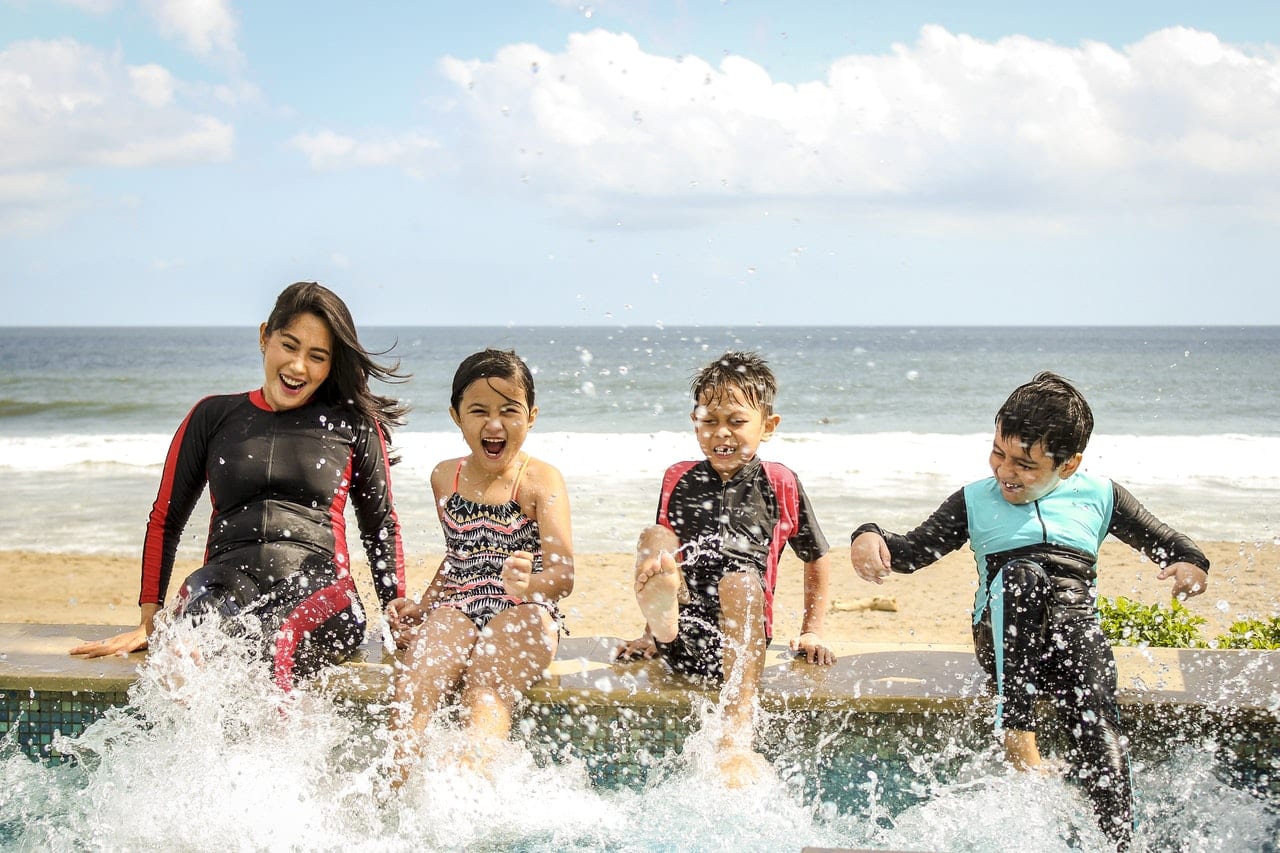Adolescent scoliosis is a condition where a child’s spine develops an abnormal sideways curve, sometimes…

Top Tips for Buying the Best Backpack for School Kids
Top Tips for Buying the Best Backpack for School Kids
Choosing the best backpack for school kids isn’t just about finding a bag that fits their books — it’s about protecting their growing spine. As a chiropractor in Newcastle, I see far too many children experiencing early signs of postural stress or discomfort from backpacks that don’t support their bodies properly.
Most kids choose their school bags based on what’s fashionable, but if a backpack isn’t designed to distribute weight evenly or worn correctly, it can have long-term consequences on spinal health. In fact, many adult spinal disorders and chronic back pain begin in childhood, often linked to years of carrying poorly fitted or overloaded school bags.
-
How to get started on your healing journey
Why the Right Backpack Matters
According to a global study on backpack use among school children:
-
79.1% reported their school backpack felt too heavy
-
65.7% said their bag caused fatigue
-
46.1% experienced back pain related to backpack use¹
Closer to home, Australian research found:
-
90% of school kids demonstrate poor posture when carrying their backpacks
-
75% are not using the ergonomic features built into their bags²
Even more concerning is that 50% of parents believed their child had good posture, despite the visible signs of strain — highlighting a significant gap in posture education and awareness.

The Anatomy of the Best Backpack for School Kids
So what exactly should you be looking for when choosing a school bag? Here are the top features I recommend to parents in my clinic:
✅ 1. Size and Weight Limits
-
The full backpack should weigh no more than 10% of your child’s body weight.
-
The width of the backpack should not exceed your child’s chest.
✅ 2. Comfort Over Style
-
Prioritise comfort and fit over trendy designs.
-
A good backpack is one your child won’t mind wearing properly.
✅ 3. Straps That Support, Not Strain
-
Look for broad, padded, adjustable shoulder straps — these reduce pressure on the shoulders and neck.
-
Your child should always use both straps to distribute weight evenly.
✅ 4. Use the Waist Strap
-
A waist strap is essential: it can redistribute up to 80% of the bag’s weight to the pelvis — the body’s strongest region for carrying loads.
✅ 5. Pack Smart
-
Place heaviest items at the bottom of the bag, close to the spine.
-
Don’t overload the backpack — use school lockers or carry only what’s needed.
✅ 6. Bag Position Matters
-
The backpack should sit no lower than the hollow of the lower back.
-
If the bag is too low, it pulls the child backward, encouraging a forward-leaning posture to compensate — not good for spinal health.

How Parents Can Help
Many parents understand the importance of posture but aren’t sure how to identify signs of strain. A helpful trick? Take a photo of your child wearing their backpack from the side and back. Look for:
-
Forward head posture
-
Rounded shoulders
-
Uneven strap use or slouched stance
This visual can be an eye-opener for both parents and kids. In-clinic, we use advanced postural imaging to assess the impact a backpack is having on spinal alignment — but even a quick photo at home can spark meaningful change.

Final Thoughts
Helping your child choose the best backpack for school kids doesn’t have to be overwhelming. With a little knowledge and a focus on comfort and ergonomics, you can protect your child’s posture and help prevent long-term issues.
If you’re unsure whether your child’s current bag is a good fit, or if you’ve noticed signs of discomfort or postural issues, I’d be happy to assess their posture and discuss spine-friendly options.
Let’s make sure your child carries their education — not the burden of back pain.




Comments (0)